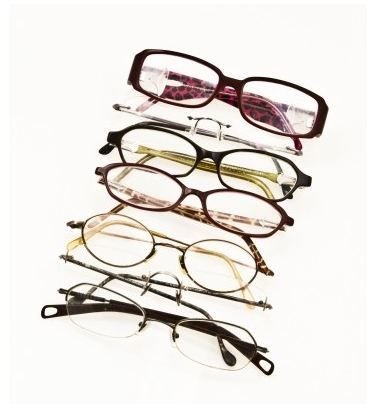Monovision Cataract Surgery
Description of Cataracts
Cataracts are a condition of the eyes that causes clouding to occur over the lens of a person’s normally healthy eye. Over time, this clouding may prevent normal vision and can make everyday life difficult for those suffering with this condition.
In most cases cataracts will start out slowly and progress as the condition worsens. For a person who is losing their vision because of cloudiness, wearing eye glasses or holding things closer to your eyes can be a temporary fix; but when your vision begins to decrease to where you can no long easily do your regular daily activities, you need to seek treatment with your doctor right away.
When you see your eye doctor, he or she will perform a few simple tests such as having you read from an eye chart, and performing a vision test. After you have been checked, your doctor will talk to you about a few possible treatments. One of those treatments might be monovision cataract surgery.
How Do I know if I Have Cataracts?
Although the beginning stages of cataracts will sometimes go unnoticed, as the condition progresses you will notice changes in your regular vision and other symptoms such as:
- Cloudy or blurry vision
- Difficulty seeing at night
- Sensitivity to light
- Double vision
- Fading colors
- Seeing circles or halos around light sources
- Needing to frequently change eyeglasses or contact lens prescriptions
If you have any of these symptoms you should talk to your eye doctor to see if further testing is needed.
Correction of Cataracts

One method of correcting cataracts is called monovision. When a person has monovision cataract surgery, they basically have one eye corrected for near vision and the other corrected for distant vision. The patient’s brain will then learn which eye needs to take the lead to see in different situations.
After about 6 to 8 weeks after surgery, the brain will have adjusted to the new way of seeing, and will automatically make the vision adjustments without a conscious effort from you. Although this procedure can give freedom to the recipient by giving them their vision back, there are more cons than pros with getting this surgery.
The biggest victory after undergoing this surgery is that you no longer have the need for reading glasses or contacts. However, about one-third of monovision patients say they are not happy with the outcome. Monovision can decrease a person’s perception of depth and, in some cases, a person will need to wear distance glasses for situations where depth perception is needed, which is typically many times during the day. A person might also notice a blurry effect in one eye when the other eye has been covered, and may also notice blurriness or the appearance of halos when focusing on objects.
In some instances, your eye doctor can give you contacts that will help you get an idea of what your vision would be like after the monovision surgery to help you decide if this is the correct option for you.
References
https://www.mayoclinic.com/cataracts
https://www.webmd.com/eyehealth
https://www.cataractfreeamerica.org
Photos courtesy of https://www.freedigitalphotos.net
